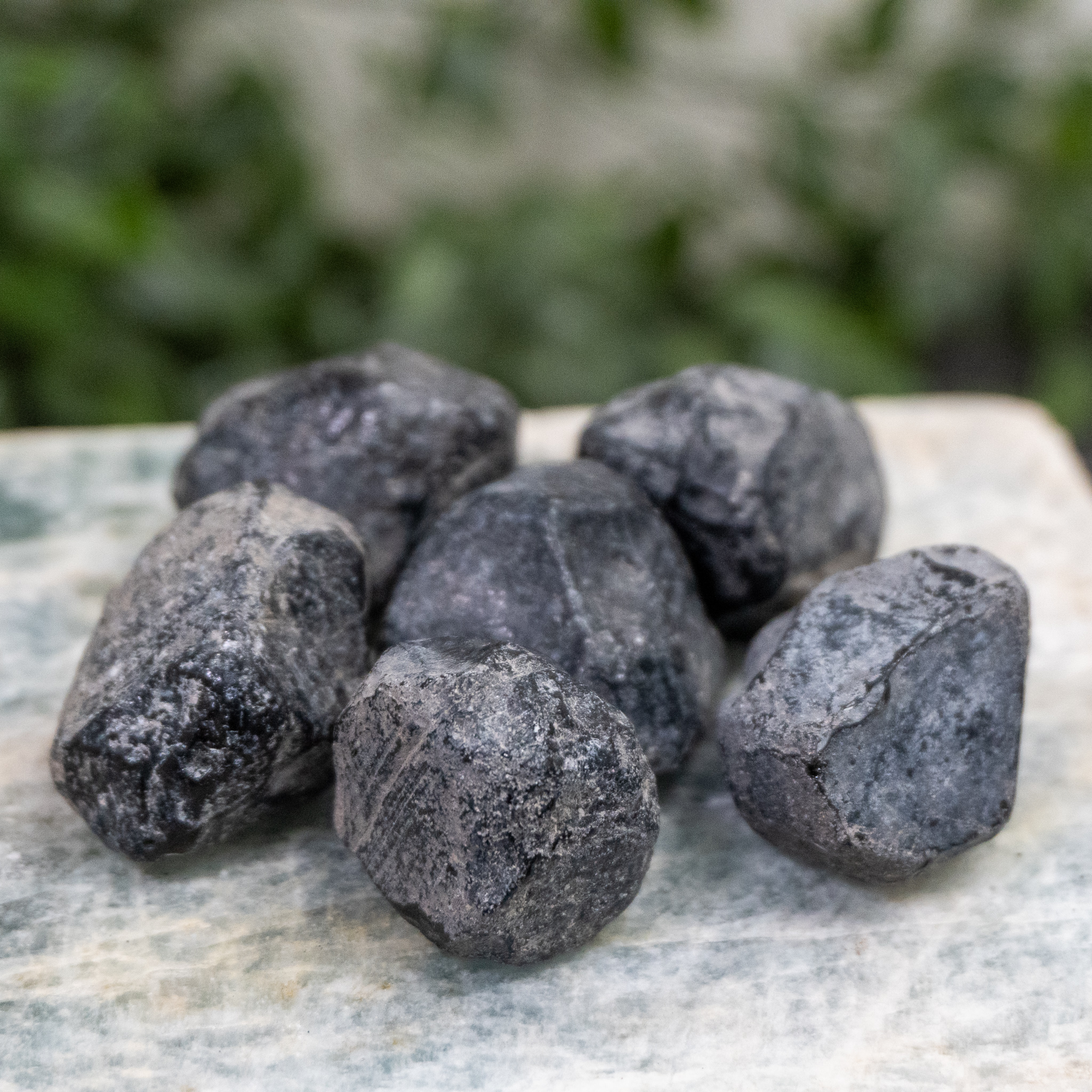

Microscopic observation of some obsidian balls reveals subhedral magnetite inclusions and other randomly dispersed microphenocrysts. Sometimes, the presence of silky striations makes them chatoyant. Unlike the surrounding perlite matrix, obsidian balls have a glassy texture and perlitic and have lower water content, i.e., less hydrated.
#APACHE TEARS ROCK SERIES#
They belong to the subalkaline series corresponding to rhyolitic composition in the TAS classification of volcanic rocks.Īlso known as obsidianites or by their lithological name, marekanite (named after Marekanka, near Okhotsk, Siberia, Russia, a place of their first discovery), these obsidian balls show a conchoidal fracture, semi-transparent to translucent, with a Mohs scale hardness of 5-5.5. Also, it may have other inclusions like magnetite and hematite, which give black and reddish-brown colorations.Īpache tears are dark-colored to black tear-shaped, sub-rounded, or spherical obsidian volcanic glass nodules, pebbles, or balls measuring no more than two inches with indented surfaces.

It is these tears that are believed to have been turned into stone, in what we refer to as Apache tears.Grayish brown tumbled or Polished Apache tears: Check the latest prices. As family members and wives of the great men heard the tragic news, they began to weep and cry endless tears. As the American Indians became outnumbered and enemy forces were approaching with haste, the tribesmen decided to take their fate into their own hands and ride their horses off the cliff to their death.

This conflict took place atop a mountain (posthumously renamed Apache Leap) overlooking present-day Superior, Arizona. Cavalry and about 75 members of the Apache Tribe. In the 1870s there was a fierce battle between the U.S. The name “Apache Tears”, comes from a sad backstory that takes place during the height of the American Indian War. Both of these discoveries are believed to have occurred in the middle of the 20th century. Since then, Apache Tears have also been discovered in western Nevada and southwestern Utah. This southern Arizona town (originally called Queen and then Hastings) is believed to be the type locality (original discovery) of this mineral, estimated to have been found around the late 1800s to early 1900s.

This has occurred a few times within the United States, most notably in Superior, Arizona. When the hydration process of Perlite was over or partially finished, you're left with small Obsidian concretions that we refer to as Apache Tears. It was created by silica-rich lava that became embedded within the high water content mineral Perlite(a volcanic glass formed when water is absorbed during the cooling process of lava). Apache Tears Products $7 $30 $30 View All Products Science & Origin of Apache TearsĪpache Tears, also known as Obsidianite and Marekanite, is a special variety of black Obsidian that crystallized in the form of small, indented pebbles (around 1”-2”).


 0 kommentar(er)
0 kommentar(er)
